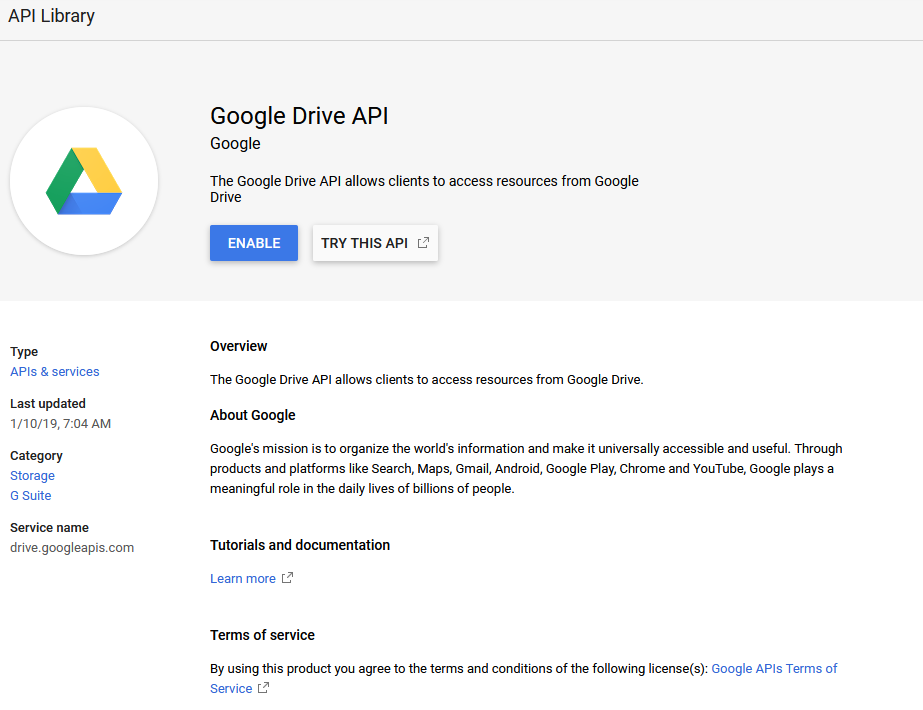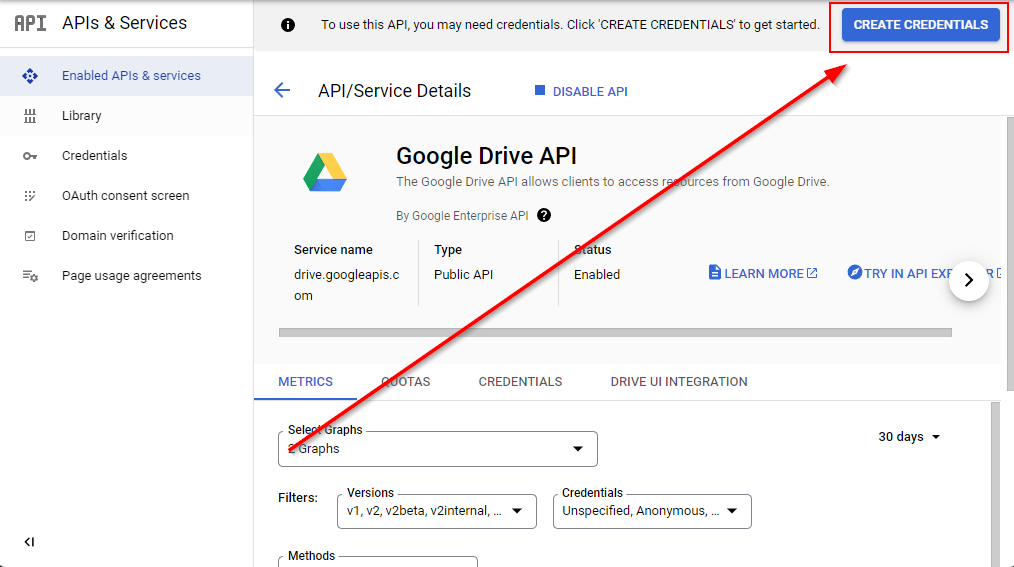Installation, Configuration & Usage of rclone
Ultra.cc support is unable to provide support for rclone, this is due to the large volume of variables and different configurations possible with rclone. The guides found here on the knowledge-base should be able to guide you through using rclone, and any further questions can easily be answered with a quick Google search. You may also be able to find community support for rclone through our community Discord server or the Rclone forums.
Please make yourself aware of the Ultra.cc Fair Usage Policy. It is very important not to mount your Cloud storage to any of the premade folders, this creates massive instability for both you and everyone else on your server. Always follow the documentation and create a new folder for mounting. It is your responsibility to ensure usage is within acceptable limits. Ignorance is not an excuse.
Please do not mount to any of the default directories such as:
files
media
bin
.apps
.config
www
/homexx/username/
or any pre-created directory found on your Ultra.cc Slot
In this guide, we will be going over the installation of rclone. We'll also cover the basic usages such as setting up a remote and how to copy files between your slot and a remote file host.
Installation on your Ultra.cc Service
To begin, make sure you know how to SSH into your slot. All rclone commands are performed via SSH. You can find a guide on SSH here.
To install rclone, run the command below; this command will automatically install rclone to your slot for you.
rclone stable
curl https://raw.githubusercontent.com/ultraseedbox/UltraSeedbox-Scripts/master/scripts.usbx.me/main/MergerFS-Rclone/Installer%20Scripts/rclone-install-stable.sh | bash
rclone beta
curl https://raw.githubusercontent.com/ultraseedbox/UltraSeedbox-Scripts/master/scripts.usbx.me/main/MergerFS-Rclone/Installer%20Scripts/rclone-install-beta.sh | bash
Installation on your local PC
Windows
- Download the latest rclone version.
- Extract the compressed zip file to any location of your liking using software like 7zip or WinRAR.
- Move
rclone.exeto the following folderC:\Windows\System32.
MacOS
- Open a terminal window.
- Install brew with the command given below:
/bin/bash -c "$(curl -fsSL https://raw.githubusercontent.com/Homebrew/install/master/install.sh)"
- Install sudo and macfuse with brew using the commands below:
brew install macfuse
brew install sudo
- Switch to root and finally install rclone using the commands below:
sudo su
curl https://rclone.org/install.sh | sudo bash
Linux
- Open a terminal window.
- Run the command given below:
curl https://rclone.org/install.sh | sudo bash
Configuration
OAuth (Google Drive)
- Click Enable APIs and Services, search for Drive and select Google Drive.
- Click Enable on the window that pops up.
- Click Create Credentials on the top right side of the screen.
- Select User data and click Next.
- Fill out App name and email addresses as you see fit. Then Save and Continue.
- Click Save and Continue again. No need to set Scopes.
- Set Application type to Desktop app and then click on Create.
- Then you will be given the option to Download your credentials and also a link to your credentials page.
- You can download them to save them locally, but they will always be visible in your Google account's cloud console.
- Click on the credentials page link to go to your Credentials page. Here you will find your credentials under OAuth2.0 Client IDs.
rclone
Now we need to configure a remote to use with rclone. For this guide, we will be configuring Google Drive. This is the most common remote people tend to use as it offers ample storage capacities for a reasonable price. Should you wish to use a different cloud host, feel free to modify the steps, you take.
- Run the command
rclone config
kbguides@lw914:~$ rclone config
2019/06/15 18:16:33 NOTICE: Config file "/home27/kbguides/.config/rclone/rclone.conf" not found - using defaults
No remotes found - make a new one
n) New remote
s) Set configuration password
q) Quit config
n/s/q>
- Press
nand then Enter. Type the name you wish to use for your remote and then press Enter once more. Here, we'll usegdriveas our remote name. - Scroll through the list of supported remotes and pick the one you wish. For this example, we will be using Google Drive, so we will search through the listed remote providers and select the number corresponding with Google Drive.
Type of storage to configure.
Enter a string value—Press Enter for the default ("").
Choose a number from below, or type in your own value
...
14 / Google Cloud Storage (this is not Google Drive)
\ "google cloud storage"
15 / Google Drive
\ "drive"
16 / Hubic
\ "hubic"
...
- You will be prompted to enter your
client_idthat we created earlier in the guide. Please head over to your credentials page in your goolge developer console. - Once you have followed the steps in the guide, copy your client ID and paste it into the terminal, next press Enter. Now copy your client secret, paste it in, and again press Enter.
Google Application Client Id
Setting your own is recommended.
See https://rclone.org/drive/#making-your-own-client-id for how to create your own.
If you leave this blank, it will use an internal key which is low performance.
Enter a string value. Press Enter for the default ("").
client_id> example12345
Enter a string value. Press Enter for the default ("").
client_secret> example12345
- Choose the scope you wish to give to rclone. Full Access is safe and is likely the most useful one to you, so in this case we will type
1then press Enter.
Scope that rclone should use when requesting Access from Drive.
Enter a string value. Press Enter for the default ("").
Choose a number from below, or type in your own value
1 / Full access to all files, excluding Application Data Folder.
\ "drive"
2 / Read-only access to file metadata and file contents.
\ "Drive.readonly"
/ Access to files created by rclone only.
3 | These are visible on the drive website.
| File authorization is revoked when the user deauthorizes the app.
\ "Drive.file"
/ Allows read and write Access to the Application Data folder.
4 | This is not visible in the drive website.
\ "Drive.appfolder"
/ Allows read-only Access to file metadata but
5 | does not allow any access to read or download file content.
\ "drive.metadata.readonly"
scope> 1
- Unless you know what you are doing, leave the
root folderblank and press Enter. Leave Service Account Credentials JSON file path blank also, again press Enter. Then typento choose to not edit advanced config and press Enter.
The ID of the root folder
Leave blank normally.
Fill in to access "Computers" folders. (see docs).
Enter a string value. Press Enter for the default ("").
root_folder_id>
Service Account Credentials JSON file path
Leave blank normally.
Needed only if you want use SA instead of interactive login.
Enter a string value. Press **Enter** for the default ("").
service_account_file>
Edit advanced config? (y/n)
y) Yes
n) No
y/n> n
- Type
nto choose to not use auto-config and press Enter. - Next, you will be provided with an rclone command that you must execute on your local PC.
- Copy the
rclone authorize "drive" "your_token"command from your Ultra.cc terminal and paste it on your local PC's terminal. This will open your browser automatically.- Refer to the earlier section of installing rclone on your local PC if required.
- Choose the Google Drive account you wish to use and click Allow, giving rclone permission to use it.
- Go back to the terminal of your local PC. Rclone will have generated a code, which you must copy.
- Paste the code in your Ultra.cc terminal and press Enter.
- Finally, type
nto choose to not configure as a team drive and press Enter.
Use auto config?
* Say Y if not sure
* Say N if you are working on a remote or headless machine
y) Yes (default)
n) No
y/n> n
Option config_token.
For this to work, you will need rclone available on a machine that has
a web browser available.
For more help and alternate methods see: https://rclone.org/remote_setup/
Execute the following on the machine with the web browser (same rclone
version recommended):
rclone authorize "drive" "eyJjbGllbnRfaWQiOiI5OTIyMjQwOTkzNTYtMWtsZmJrYnFjamE5YWtqdmJiZTZsNGgwdHFhc25pZXEuYXBw"
Then paste the result.
Enter a value.
config_token>
- You will be shown a confirmation screen. If all is OK, type
yand then press Enter to save your configuration. - If you notice any issues, you can edit them from here by typing
e, or delete them usingd. Finally, pressqand then Enter to quit the rclone config wizard.
--------------------
[gdrive]
type = drive
client_id = 78311[REDACTED].apps.googleusercontent.com
client_secret = O34[REDACTED]
scope = drive
token = {"access_token":[REDACTED]}
team_drive =
--------------------
y) Yes this is OK (default)
e) Edit this remote
d) Delete this remote
y/e/d>
Usage
rclone is interacted with purely through SSH. Please ensure you are familiar with the Linux terminal and using SSH prior to using rclone.
General Commands
These commands are helpful to remember. They allow you to interact with rclone and move files around between your local and remote storage or even between two remote destinations.
config - Execute this command to add, modify or remove remote file hosts.
Usage: rclone config
copy - Used to copy files between two locations, remote -> remote, remote -> local, local -> remote
Usage: rclone copy [-P] {origin} {destination}
move - Same as copy however, it does not leave the files at the source
Usage: rclone move [-P] {origin} {destination}
sync - Will make the destination directory identical to the origin. If files exist on the destination that does not exist on origin, they will be deleted. Be careful with the sync command, as it can cause data loss.
Usage: rclone sync [-P] {origin} {destination}
When dealing with remote filesystems, use:
{remote}:{path}
For example, if you wished to copy a file named movie.mkv from your current working directory to a path named Movies in a remote name Drive you'd use this command:
rclone copy movie.mkv Drive:Movies



